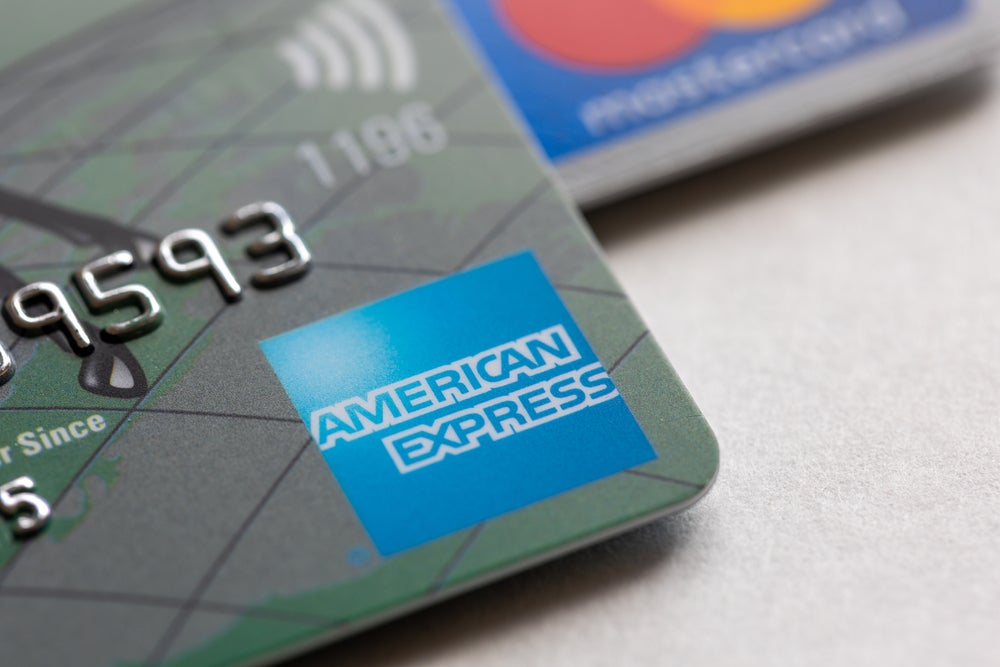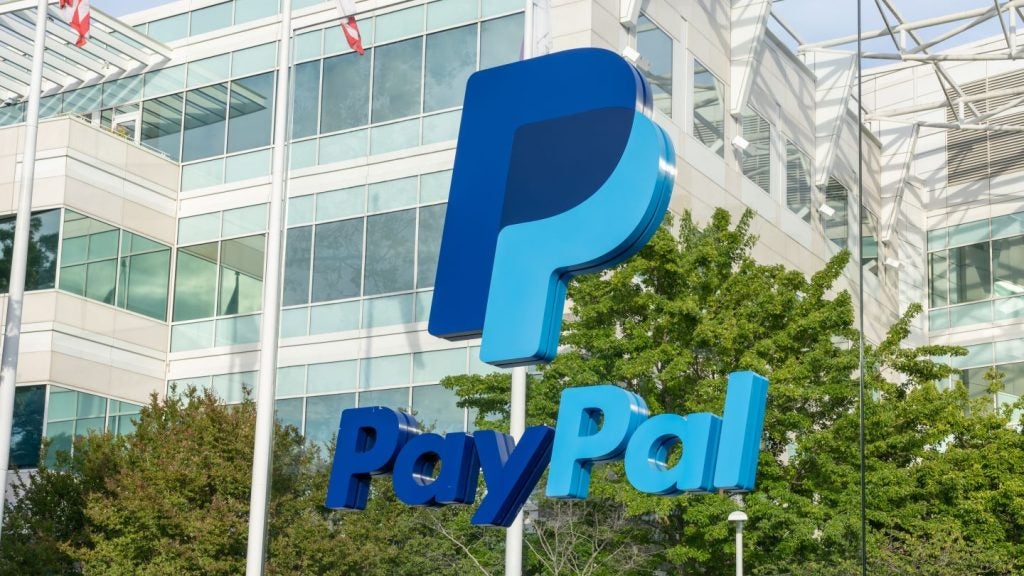With the year all but over EPI has asked the industry’s experts to share their predictions for 2014. The explosion of payment start-ups looks set to continue although a few players may drop out with Visa and MasterCard looking to further their digital offering
Paul Thomalla, SVP EMEA and Managing Director at ACI Worldwide
From a retail perspective, the next twelve months will see banks increasingly trying to walk in the shoes of their customers to gain a better understanding of their experience, and how they can create products to meet these needs. As there are never-ending developments in technology that consumers not only want, but demand, we will see more mobility made available across the board.
With Google Glass and the iPad Air, hardware is getting to a level of sophistication that requires more advanced applications. This is why innovators in our industry are looking to develop and create new mobile services for customers already invested in the technology.
Yet as a consequence of this, there will be more entry points for the consumer to use products, meaning banks will need to get their infrastructure right so that no matter what touch point the customer has, the bank has a consistent view of their experience to deal with their issue quickly and efficiently.
We will see more transactions carried out in the cloud as increasing numbers of banks make the move to host their websites on external servers. The elasticity of the cloud will give them a greater amount of flexibility to upscale.
In terms of the global banking transaction market, the end of quantitative easing will play a key role. Liquidity will be crucial and the concept of cash being king will play a big role for those banks able to use their funds wisely.
David Webber, managing direct, Intelligent Environments
2014 will be a year of change for financial services. Nine in ten UK current accounts will gain access to mobile payments services, according to the UK Payments Council, while emerging innovations such as the world’s first smartwatch bank will fundamentally change the way we manage our finances. David Webber, CEO of Intelligent Environments, looks at the key trends that are set to change the digital banking landscape in 2014.
The first trend is the mainstream adoption of mobile payments. Through the new Payments Council’s new mobile payments service, consumers will be able to make secure payments directly to one another simply by knowing the recipient’s mobile phone number. As the entire process will be authenticated through mobile device security systems, customers won’t even need to enter a sort code or account number to make a payment.
And it’s not just transferring money between accounts. Emerging technologies such as Zapp from VocaLink, will give Brits the ability to make real-time payments to businesses, direct from their bank account through their handsets.
These initiatives will drive the next major iteration of the ever evolving mobile payments market. By coupling the unique assets of access to the Faster Payments network, with the use of established mobile banking login and trust models, banks will be able to defend against a range of innovative disruptors in the payments market.
Noel Moran, CEO and founder of Prepaid Financial Services
With consumers living ever more interconnected, tech-driven lives, the rise and rise of non-cash payments will continue in 2014. In 2012, some estimates showed as much as 8.5% growth for non-cash payment transactions, and our obsession with mobiles looks set to push this strong growth trajectory further.
Existing card providers will continue to promote contactless payments, but may well find themselves threatened by newcomers to the scene, as virtual currency and prepaid cards continue to grow in influence. The prepaid market in the UK and Ireland alone is predicted to be worth EUR92bn by 2017.
Growing with industry developments, particularly the contactless trend, is another priority for us. This means increasing our issuance of contactless cards, virtual cards, upgrading our mobile app to enable users to make and receive card payments, and launching a multi-currency card in 2014.
Close to home, we’ll be looking to develop the increase our services to the government sector across Europe, having expanded our reach in the public sector in 2013.
Rachelle St Ledger, commercial director of retail and e-commerce, PrePay Solutions
Probably the most distinctive payments innovation that 2013 witnessed was the introduction of near field communication (NFC) payments from mobile phones. The rise of contactless payments without the need for a card of any kind, often known as the "mobile wallet", is still in the early stages with only a few mainstream products, but has already prompted predictions of "the end of cash".
While this still seems a very unlikely prospect, developments in mobile payments are having an immediate and significant impact on the payments landscape. One of the biggest mobile contactless payments launches of the year was that of EE’s Cash on Tap, a product facilitated by PrePay Solutions, which combines a phone app with NFC technology to enable payments from mobile phones in-store and online.
Sometimes, the simplest innovations can be the most influential. One project we undertook during 2013 was to link Ticketmaster’s gift cards to QR codes so that consumers could instantly check the balance on their gift cards using a smartphone. It was a relatively simple measure, but nevertheless an innovation which quickly solved the widespread problem of keeping track of gift card values.
As we move into next year, the payments industry will build upon the successes of 2013. We predict that contactless mobile payments – and the integration of mobile devices as a tool for managing spending – will move into the mainstream, bringing us a step closer to a "cashless society".
One of the more exciting elements of next year however, will be the rise and rise of multi-channel. The growth of shopping across different channels has continued apace throughout the past year and we will soon see a division emerging between those retailers that can keep pace with the market and those who are too slow off the mark.
David Hunter, Chief Executive, Ukash
The Prepaid Card category will finally get traction in Europe – mimicking US trends of circa 7 years ago. The category will get a further boost from retail banking fee inflation.
ATM’s will increasingly offer Cardless services – driven by mobile wallets, P2P apps, and a growing number of interesting use cases
Cash in circulation will continue to grow in US and Europe, but cash displacement will also continue
Banks will use AML obligations as a veil to choke off fledgling competitors from lucrative payments and money transfer business
Europe will follow the US and force regulation on Bitcoin Exchangers
Contactless will make significant breakthroughs – driven by merchants rather than wallets. London Transport being a good example.
Adrian Kamellard, Chief Executive of the Payments Council
If people pay by cash or cheque, most of the time, it’s because they want to. The payments industry no longer offers just two or three payment options; the result is, potentially, the most consumer-driven payments market in history.
According to Ofcom, more than half of UK adults already own a smartphone and over three quarters of new handsets sold are smartphones. We are increasingly comfortable using these devices for much more than making calls – the 10 million people who already access their accounts via a mobile device are set to be joined by many more.
Payment solutions are no longer provided solely by banks and building societies. The relatively young mobile payments market has seen a boom over the last year, whether peer to peer or contactless, with smaller start-up companies competing with established players in the market. While there has already been plenty of innovation in the field of mobile payments, we believe that 2014 will be the year the mobile payments market steps out of its infancy and follow the trend of demand.
Scot Andrick, Industry Principal of Retail Banking and Cards, Pegasystems
Inconceivably, we are 30 years into Orwell’s dystopian view of modern life. Daily reports about the NSA would seem to prove that indeed "big brother is watching you". However, as I think about consumer payments in 2014, the phrase that comes to mind is actually "he, who controls the past, controls the future".
Most of what I’ve heard and seen has been heavily influence by new POS technology: mobile and e-wallets. At a recent trade show I was treated to almost a dozen "revolutionary" wallet product launches. I am definitely voting for the suspension of the word "revolutionary" next year! While they all looked impressive, I believe that adoption, except by "millennials", will still be quite low. All those "shiny new bobbles" have yet to overcome the customer inertia associated with the speed, ease of use and loyalty programmes associated with current, and perfectly acceptable, debit/credit cards in their wallet today. But low(er) adoption may actually be a GOOD thing for banks in 2014, and here’s why: banks are not ready to deal with the FULL lifecycle of these new payments.
Those awesome looking new wallets are STILL running on the same networks rails in most geographies. As an old operations guy, I think immediately think past the transaction and settlement to the customer experience associated exceptions: disputes or fraudulent usage. Those networks will still control the handling of claims and errors. I’ve done enough operational walk-throughs of the back office to know that claims management is still broken at most institutions: silo’d systems, paper centric and too many hand-offs. While the intake process may be improving for the customer, it’s really just "lipstick on a pig" in the back office.
The lack of technology investment in the back office is an Achilles’ heel that will not survive the close scrutiny of a mobile user who expects a FedEx or Amazon experience for everything. The increasing demands by customers for speed, accuracy and transparency will create dissatisfaction regardless of the slick new wallet. In 2014, I’d like to see banks address the full lifecycle and not just the POS.
Sascha Breite, head of future payments, SIX Payment Services
Heads turned in the payments industry this year, as Facebook announced the introduction of ‘Autofill with Facebook’ – a service that automatically sends the necessary billing and payment details to the payment processor. This wasn’t the first time the social networking site had dipped its toe in the payments pool. In 2011 Facebook announced the introduction of Facebook Credits – a virtual currency that enabled people to purchase items in games and non-gaming applications. So far suggestions that Facebook may attempt to become a real player in the payments space have yet to become a reality, but could 2014 be the year that social media changes the payments industry as we know it?
Moving into the payments space would certainly boost Facebook’s current advertising offering. This would provide Facebook with even more user data and enable the social site to offer advertisers the opportunity to include a direct purchase option with its listing – visible to Facebook’s audience of 900 million users. This is likely to appeal to clients, especially as it would enable marketers to directly measure return on investment (ROI) of advertisements.
Yet with Facebook’s current revenue model proving lucrative – the site generated $1.8 billion in ad revenue in Q3 2013 alone – it seems unlikely that the social media giant will set up a payments scheme to compete with traditional payment players any time soon. However, it could have the power to challenge wallet providers such as MasterCard’s MasterPass, Visa’s V.me, Google Wallet and even PayPal. Moreover, maximising on the social element, with features such as crowd-sourced opinions of potential purchases, content-sharing and peer reviews, Facebook could take a dominant position in this space.
However, taking on the payments industry alone would require a lot of effort – Facebook currently lacks crucial experience in areas such as risk management and currency conversion. Moreover, competing with the likes of PayPal would require Facebook to build up the status of an acquiring bank, with all the associated knowledge and resource that these companies have. For this reason social networks like Facebook are partnering with big names in the payments space. For example, American Express launched a Pay-By-Tweet partnership with Twitter, which allows credit card holders to make payments from their accounts by posting a specific hashtag on Twitter, while Amex operates a voucher-free discount scheme with Foursquare in the UK and US. Similarly, ICICI Bank recently launched a new Facebook app, ‘Pockets by ICICI Bank’ which allows users to perform transactions by logging onto their profiles without disclosing their account details.
Adding a social element into shopping and payment transactions, social media sites such as Facebook have the power to appeal directly to consumers’ modern day demands of speed, ease of use and shareability. If existing payments specialists are to keep a hold on their customers in 2014, they’ll have to continue their efforts to innovate, in order to provide a payments solution that appeals to socially-savvy consumers.
Todd Latham, VP, The Currency Cloud
2014 will be a big year for international payments in Asia. International trade is thriving there. According to the Boston Consulting Group, cross border payments in Asia-Pacific will increase considerably, from 4.1bn transactions in 2012 to 11bn by 2022. With SMEs holding a 90% export share in China, they are arguably responsible for such growth. However, for global banks who are struggling to cope with such demand, finding a way to service the specific trade finance needs of these smaller businesses is tricky.
It really needs to be on the agenda for the coming year. In light of this, we’re going to see more and more banks call upon payment firms to help standardise certain services across all areas of the finance value chain. By partnering with specialist technology providers, banks will be able to bring a highly sophisticated international trade offering to market at speed, while simultaneously strengthening relationships with a growing SME customer base.







